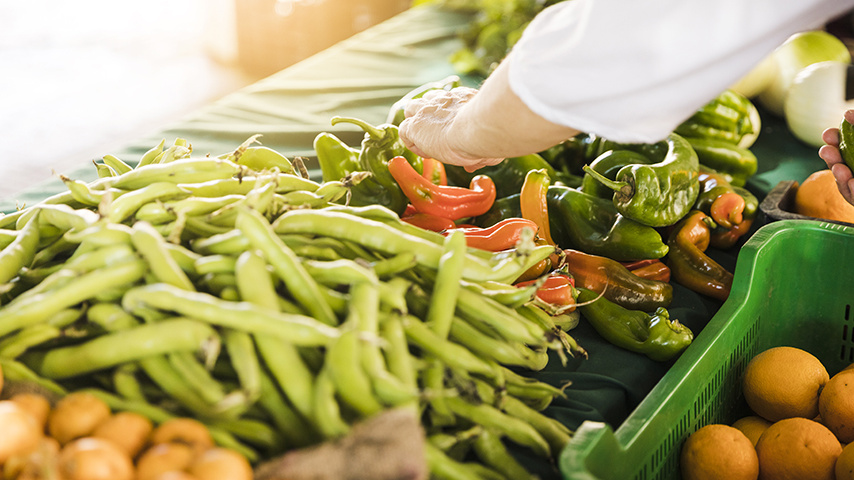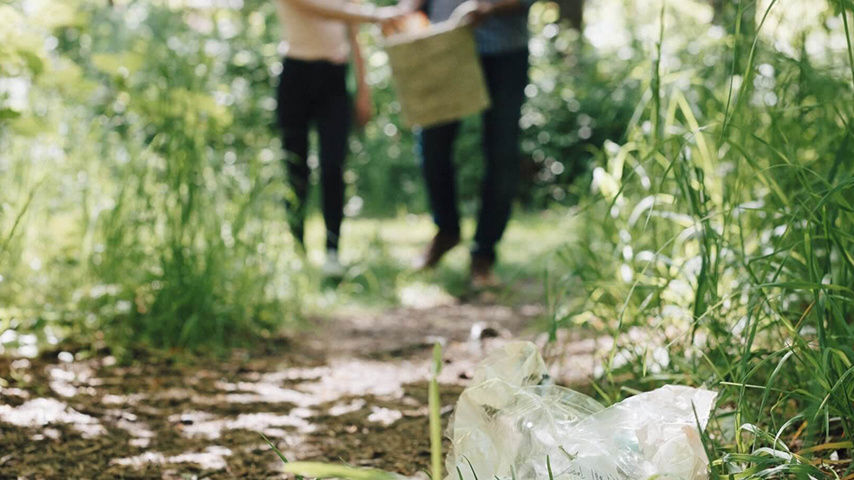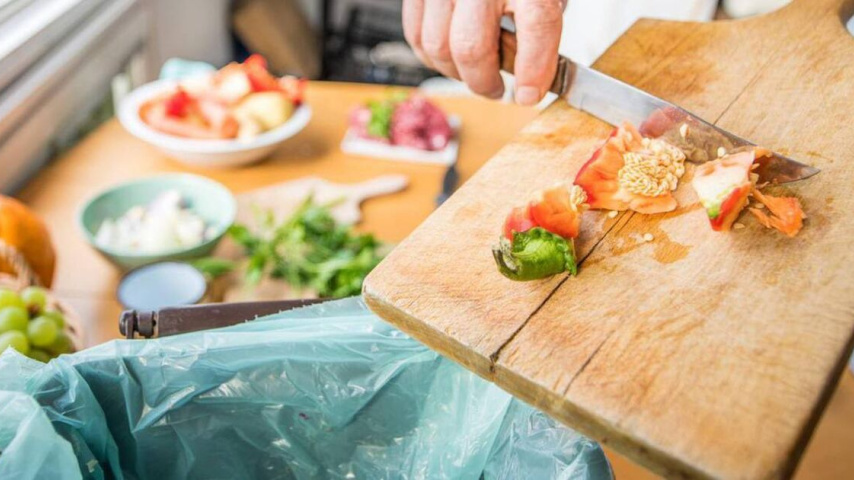Circular Economy for Growth
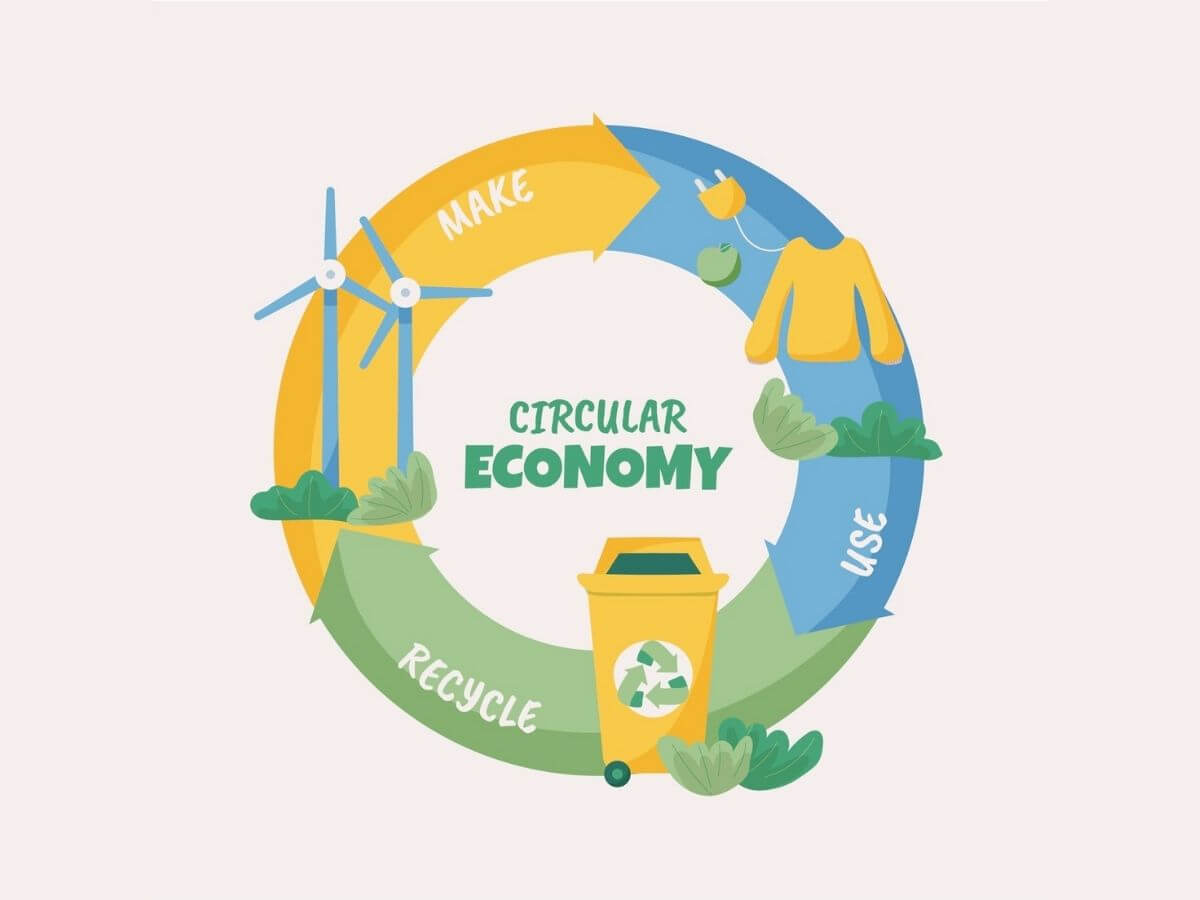
The idea of a circular economy is pretty simple but profoundly impactful. Think of it as nature does; there's no waste in a forest, right? Everything has its place and purpose, cycling from one form to another. Now, translate that into how we deal with products and resources.
By integrating these principles into production and consumption cycles, businesses can mitigate environmental impacts while fostering economic growth. This shift not only conserves natural resources but also opens up new business avenues, creating jobs and encouraging innovation.
Principles of Circular Economy
A circular economy stands in stark contrast to the traditional linear model that follows a 'take-make-dispose' pattern. This innovative model emphasises minimising waste and making the most out of resources. It operates on three fundamental principles: reduce, reuse, and recycle.
First off, one major principle is designing out waste and pollution. Imagine if everything was made with its next use in mind? By intentionally designing products and processes to minimise waste and avoid pollution from the start, we're not just fixing problems but preventing them from happening.
Next up is keeping products and materials in use. This means creating products that last longer and can be reused, repaired, or remanufactured. Think of it like a library system for almost everything you use - borrowing what you need, then passing it on for the next person to use.
And then there's regenerating natural systems. Unlike the traditional model that often harms ecosystems through resource extraction and disposal methods, the circular economy encourages practices that replenish and restore.
Circular vs Linear Economy
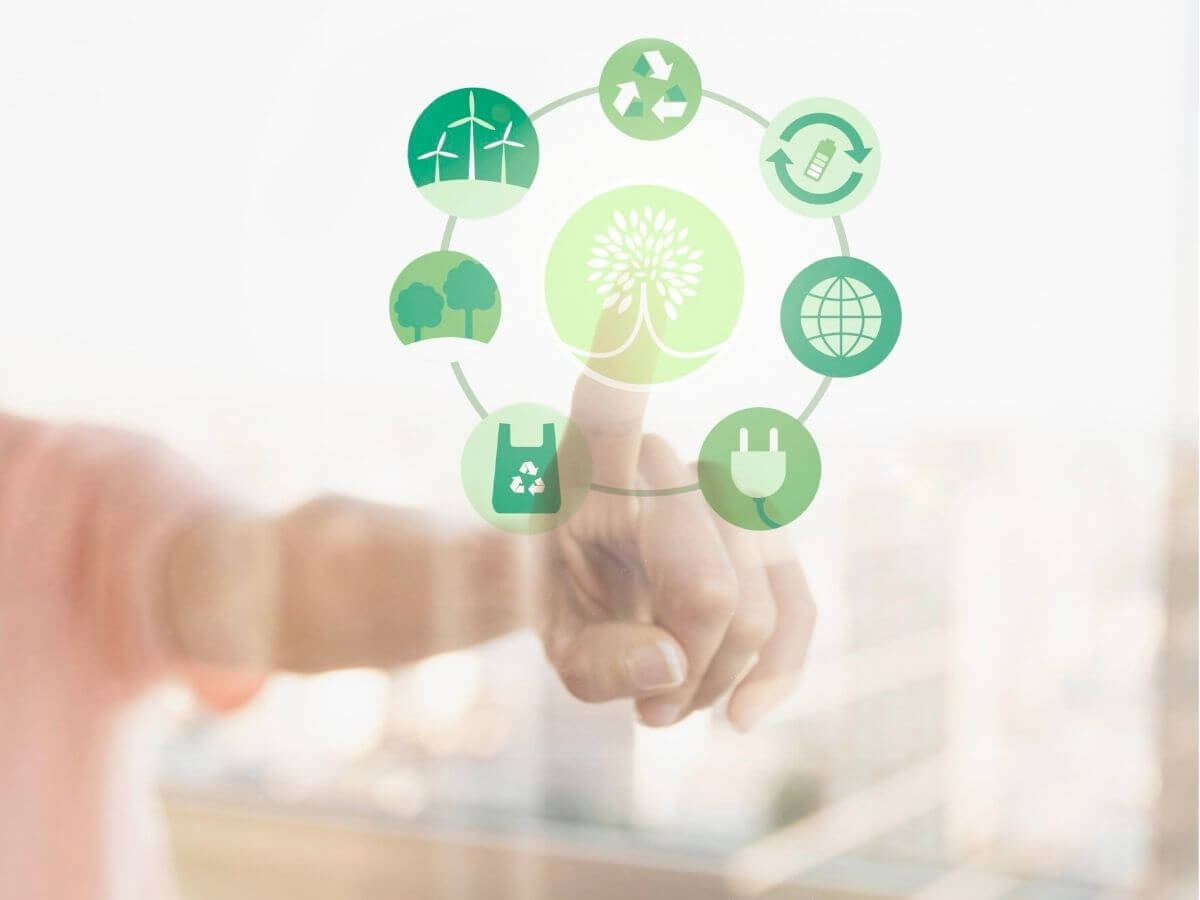
The linear economy is pretty straightforward. It follows a straight-shot approach: we extract resources, make products, use them, and then throw them away. Picture it like a one-way ticket from the earth to the landfill.
This model has been the backbone of industrialisation for centuries; however, it's not without its drawbacks. The main issue? It heavily relies on finite resources and generates a lot of waste—a real problem when you think about environmental sustainability.
On the flip side, we've got the circular economy, which is like giving the planet a giant hug—it's all about sustainability and minimising waste. Instead of that one-way ticket to the dump, products are designed to be used, reused, recycled, and looped back into the economy for as long as possible.
It's an economic model that mimics nature’s own recycling processes. Basically, it turns goods at their end-of-life stage into resources for others to use, slashing waste and reducing our need for new raw materials.
Circular Economy (Malaysia) Strategy
One key aspect of the circular economy in Malaysia involves rethinking product design. The goal here is to create products that are easier to repair, refurbish, or recycle, which can significantly extend their lifespan.
Moreover, the adoption of green technologies plays a crucial role in facilitating the recovery and regeneration process. For businesses, this means adopting practices that are not only environmentally responsible but also economically viable.
The transition towards a circular economy requires cooperation across all levels – from policymakers to businesses, down to individual consumers. Businesses adapting to this shift stand to benefit from reduced material costs and enhanced customer loyalty.
Adopting a circular economy strategy is all about creating more value with less - less waste, less environmental impact, and ultimately less strain on our planet’s resources. It's an imperative step towards building a sustainable future for generations to come.
Circular Economy Examples from Ajinomoto Malaysia

The journey towards embracing a circular economy isn't just beneficial; it's necessary for survival in today’s eco-conscious market. Ajinomoto Malaysia serves as a shining beacon of how corporates can wholeheartedly commit to this cause:
- Reducing Plastic Waste: AMB is now steering away from unnecessary plastic use, aiming for a 'Zero Plastic Waste by 2030' initiative. The transition to sustainable food packaging stands out as particularly noteworthy because these materials are much friendlier to our environment.
- Reducing Food Waste: AMB's ambitious goal is to slash food waste by an impressive 75% throughout our entire production process by the year 2031. From refining manufacturing methods to repurposing rejected products as animal feed or fertiliser.
- Waste Management: At Ajinomoto Malaysia, this philosophy manifests through the rigorous implementation of the 4Rs: Reduce, Reuse, Recycle, Recover. Our waste segregation centre features four specially designed lanes that optimise segregation processes.
Through these measures—balancing automation with meticulous planning—Ajinomoto Malaysia Berhad vividly charts out how targeted initiatives can pave the way for implementing circular economy practices effectively within corporate strategies.
